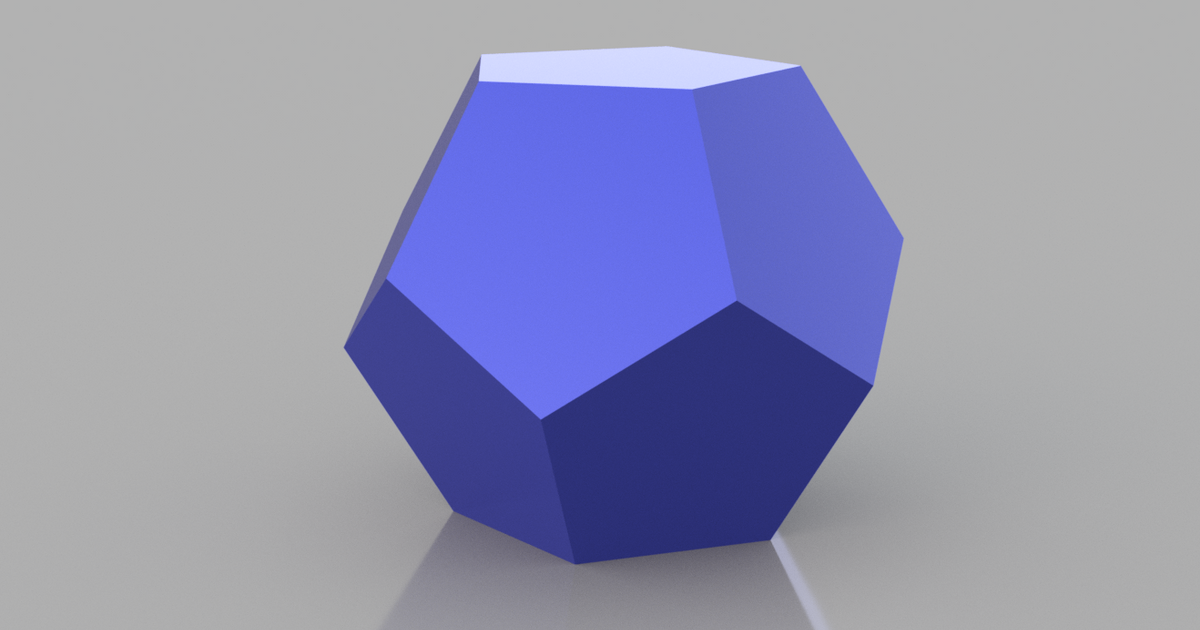Low Poly Spheres: Truncated Cube
Low Poly Spheres: Truncated Cube
Print Profile(1)

Description
Low Poly Spheres: Low-poly, high-fun!
Low Poly Spheres is a series 3D printable models of polyhedra that look like low-poly spheres. You may remember from math class that polyhedra are solid 3D shapes with flat polygonal faces, straight edges, and sharp corners or vertices. Low Poly Spheres are fun to make and display. You can print them in different colors and sizes, and use them as decorations, toys, or educational tools. Low Poly Spheres are a fun way to enjoy 3D printing and mathematics. They are simple, yet beautiful and fascinating.
Truncated Cube - Fun Facts
A truncated cube is a shape that is made by cutting off the corners of a cube. It has 14 faces: 6 octagons and 8 triangles. It also has 24 vertices and 36 edges. Here are some interesting things about truncated cubes:
- The truncated cube is one of the 13 Archimedean solids, which are convex polyhedra with regular faces and vertices.
- The truncated cube is related to the cube and the octahedron, which are two of the five Platonic solids. The Platonic solids are the only convex polyhedra that have the same number of faces meeting at each vertex.
- Each square face of a normal cube becomes an octagonal face in the truncated cube and each vertex of the cube becomes a triangular face. It can also be constructed by bitruncating an octahedron.
- The truncated cube can be dissected into a central cube, with six square cupolae around each of the cube's faces, and 8 regular tetrahedra in the corners. This dissection can also be seen within the runcic cubic honeycomb, with cube, tetrahedron, and rhombicuboctahedron cells.

- This dissection process is neat because be used to create a Stewart toroid with all regular faces by removing two square cupolae and the central cube. That looks like this:









